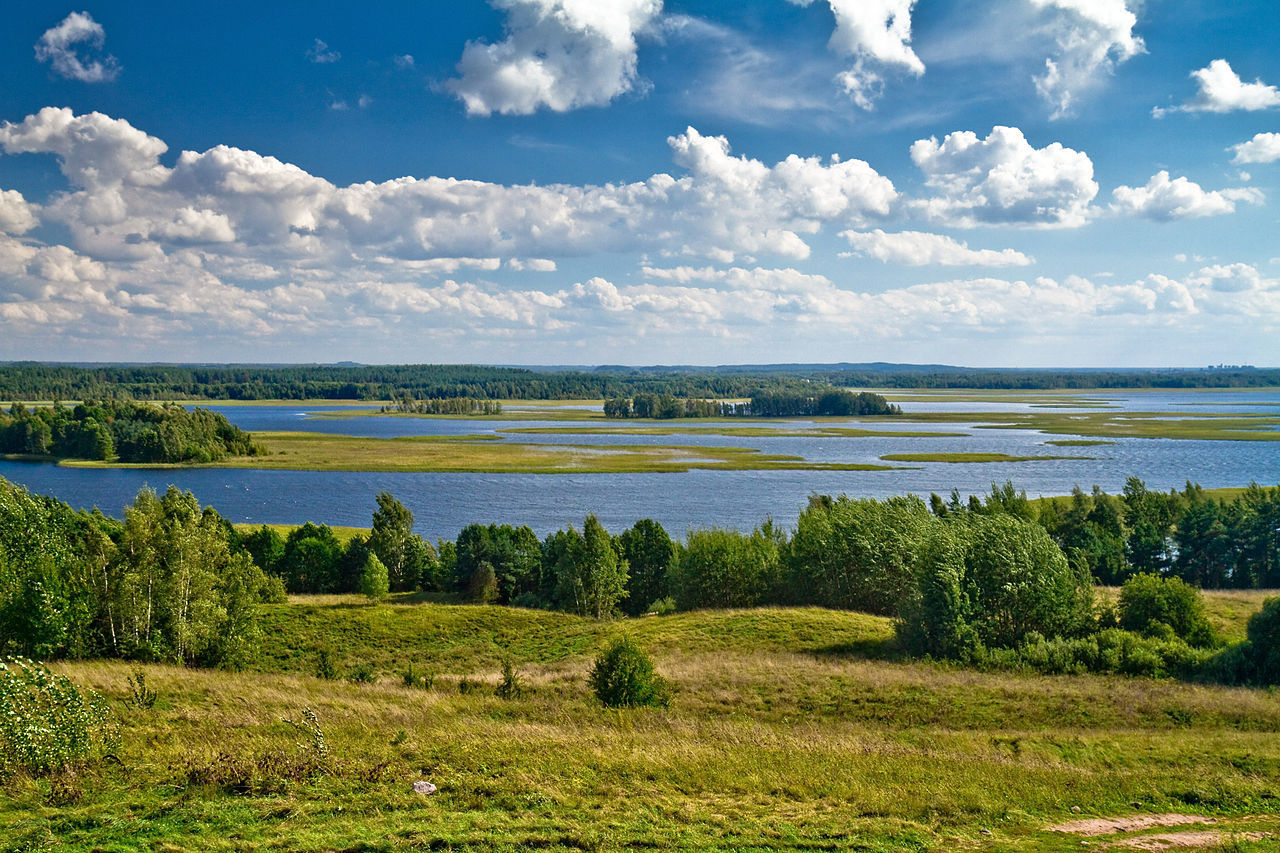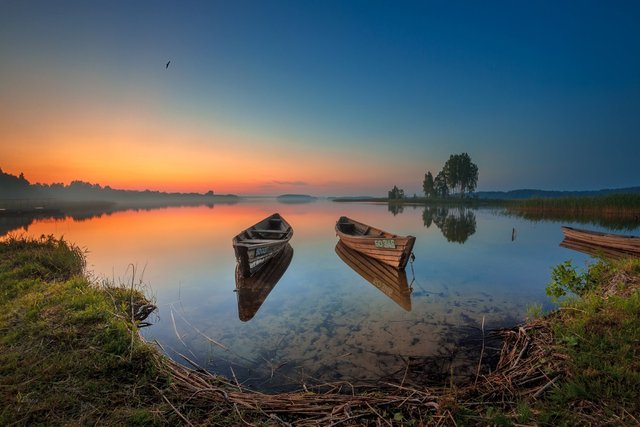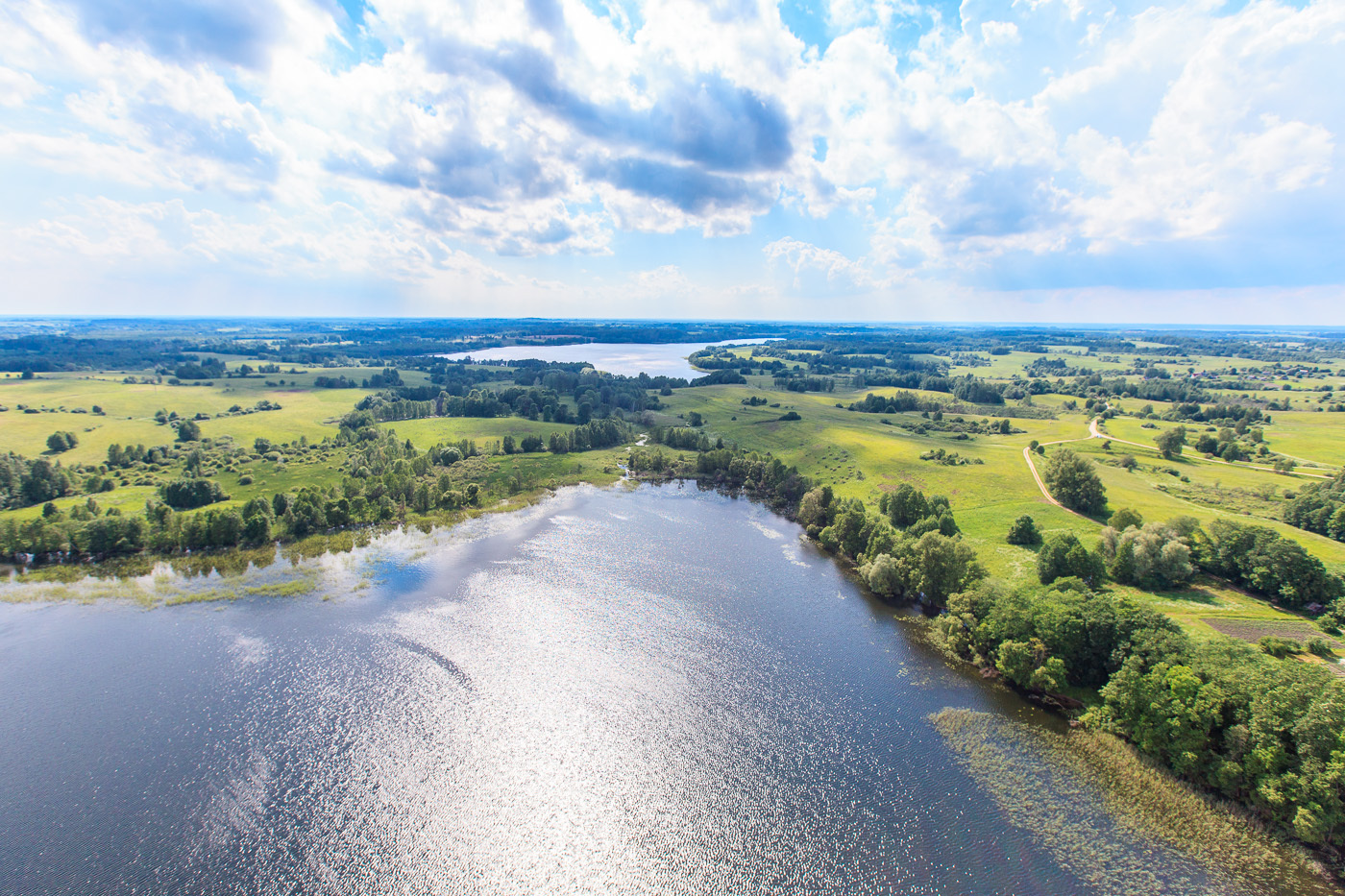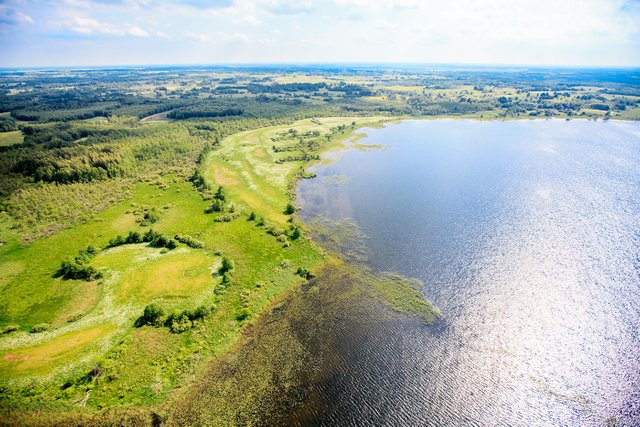Braslav lakes
Braslav lakes (belarusian Braslavskiy azory) is a group of lakes in northern Belorussia near the town of Braslav near the Belarusian-Latvian border.
Braslavschina is one of the most beautiful natural places of Belarus, where unusual relief and water smoothness of lakes with a rich flora and fauna are combined. In 1995, the National Park "Braslav Lakes" was established in order to preserve the natural complex of the Braslav group of lakes as a standard of natural landscapes, the storage of the genetic fund for flora and fauna of the Byelorussian Poozerie and its use in the process of environmental, scientific, educational, tourist, recreational and recreational activities. the area of which is 64.4 hectares.

For thousands of years nature has created these amazing places. As a result of the long and complex processes that took place during the retreat of the Poozersky Glacier, the modern relief of the Braslav region was formed, which is distinguished by its exceptional diversity. Edge glacial formations are combined with areas of the glacial lake lowland. A variety of relief is given by the ozawa-kama complexes that are encountered, numerous hollows, troughs of the glacial water flow, the basins of the previously existing lakes.
The uniqueness and beauty of these places is due to the presence of the purest lakes, each of which has its own peculiarities and uniqueness. Within the boundaries of the national park there are 74 lakes with a total area of 12 590 hectares, which is about 17% of the park's territory. All of them belong to the basin of the Western Dvina and are usually located in groups: in the north - Obabie group, in the central part - Braslav, in the south - Boginskaya. The Braslav Lake Group includes more than 30 water bodies and is one of the largest in the country.

The national park "Braslav Lakes" is a multidisciplinary integrated enterprise that carries out forestry, fisheries, tourism and nature protection activities on its territory, and also conducts hunting and agriculture.
Depending on the nature and value of natural complexes in the national park, functional zones with the appropriate regime for nature protection are singled out: a reserved, recreational, economic and a zone of regulated use.
The modern relief of the Braslav Upland is characterized by absolute and relative youth of relic glacial and water-glacial forms. This is expressed in a number of features:
wide distribution of primary forms of water-glacial accumulation - the ozgi ridge and kamovye hills, planted on the moraine base and preserving the beautiful external expression;
numerous dry euerzionic basins, located among the large-hulled morainic relief;
flat areas of the leveling surface at a height of more than 150 m;
dry valleys of the glacial water flow with typical estuaries over the present lakes;
numerous fresh glacial hollows occupied by lakes;
poorly developed and few river valleys.

In general, the relief is exceptionally diverse. Edge glacial formations, ozovo-kama complexes are widespread; zandry, sections of the lake-glacial lowland, which are complicated by hollows, thermokarstic and eovzionic basins. The main background of the modern surface of the Braslav Upland creates a lacustrine-hilly terrain type.
Numerous lake basins, characteristic of the Braslav Upland, are usually connected by small rivers, streams, ditches and channels, thus forming whole lake systems (the largest Braslav and Boginskaya)
The close proximity to the Baltic countries leaves an imprint on the climate of the region, which, due to the considerable impact of the sea air masses of the Atlantic Ocean, is milder than in the rest of Belarus, but frequent cyclones can bring cool and rainy weather in the summer.
